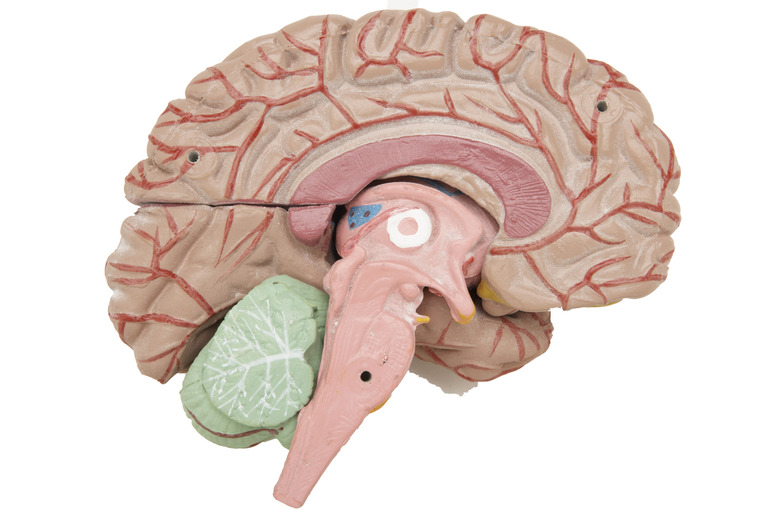The Limbic System Structure That Regulates Hunger Is Called The What?
Humans have a highly developed, complex forebrain that permits greater flexibility and problem-solving skills in humans than in other organisms. One part of the forebrain is the limbic system, a group of specialized structures with functions ranging from memory and planning to emotion, allowing humans to associate psychological and physiological states with the external environment and select responses accordingly. The part of the limbic system that regulates hunger is the hypothalamus.
A Small but Major Player
A Small but Major Player
The hypothalamus is the primary output node of the limbic system. It controls the release of major hormones and contributes to temperature regulation and conscious actions, such as food and water intake, sexual behaviors, physiological behaviors and emotional responses. Other parts of the limbic system include the hippocampus, thalamus, amygdala, cingulate cortex and prefrontal cortex.
Cite This Article
MLA
Ryczkowski, Angela. "The Limbic System Structure That Regulates Hunger Is Called The What?" sciencing.com, https://www.sciencing.com/limbic-system-structure-regulates-hunger-called-what-7973/. 24 April 2017.
APA
Ryczkowski, Angela. (2017, April 24). The Limbic System Structure That Regulates Hunger Is Called The What?. sciencing.com. Retrieved from https://www.sciencing.com/limbic-system-structure-regulates-hunger-called-what-7973/
Chicago
Ryczkowski, Angela. The Limbic System Structure That Regulates Hunger Is Called The What? last modified March 24, 2022. https://www.sciencing.com/limbic-system-structure-regulates-hunger-called-what-7973/
